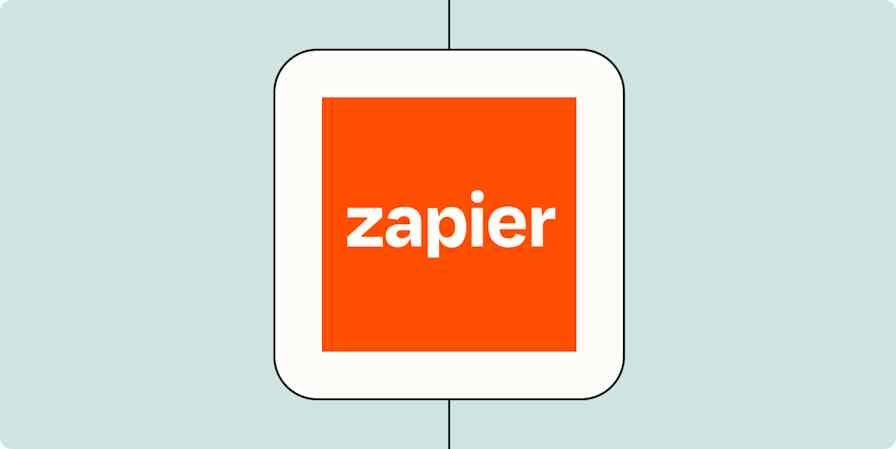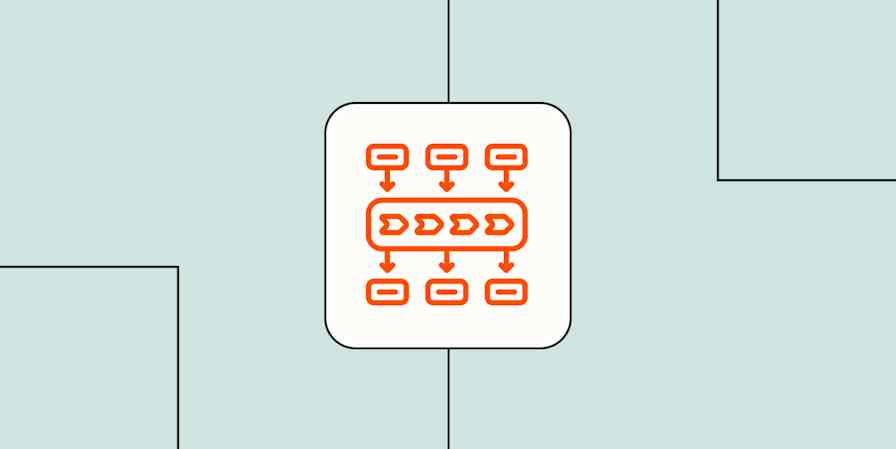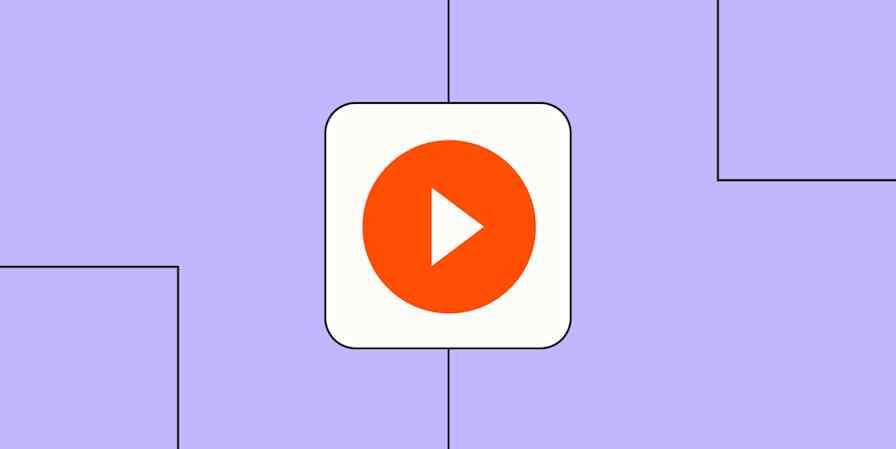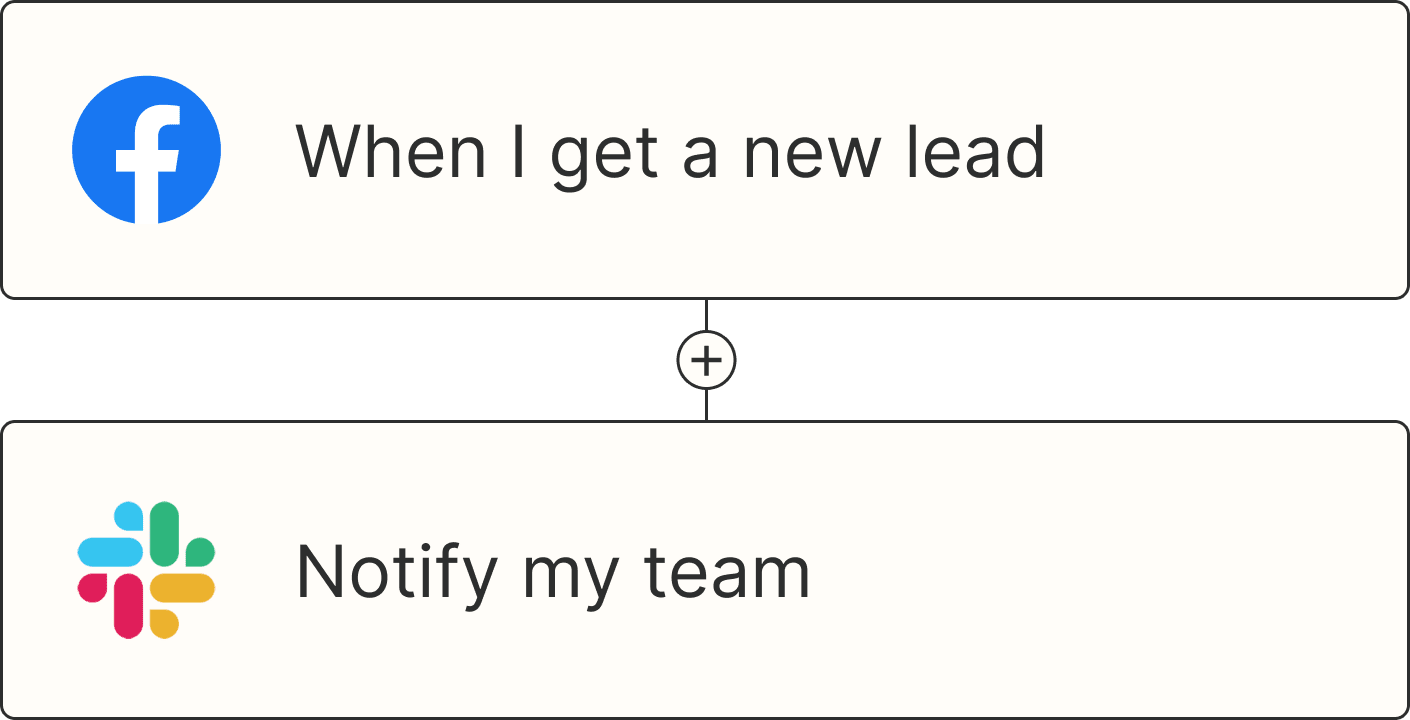I enjoy cooking, but sometimes I'll opt for a pre-made meal at the grocery store. They have some impressive entrees like steak and asparagus or salmon with orzo; stuff I can toss in the oven for about 20 minutes and then devour. Normally, I'll stick with what's in the tray, but when I'm feeling zesty, I'll customize it with a compound butter for the steak or a quick cream sauce for the salmon.
Low-code workflow automation works about the same. You could just stick with what no-code platforms allow—pairing entrees and sides for a solid dinner. Or you can opt for a low-code platform, which lets you add a little code to your workflows to garnish them in style.
Below, I'll dive deeper into low-code workflow automation and how you can build complex workflows—and I'll do my best to chop the cooking metaphors.
Table of contents:
What is low-code workflow automation?
Low-code workflow automation lets teams design and run automations with minimal coding. In low-code workflow automation software, most work happens in a visual, no-code builder, but you'll need to add small snippets of code—often in the form of Python or JavaScript—when you need customization.
For an expanded view, here are the three major types of workflow builders:
No-code: These tools cater to non-technical users and allow teams to build complex workflows without even sniffing a line of code. Zapier is a great example: you don't need to know anything about code to use it. While you have the option of adding code if it suits your fancy, you can still build complex automations with the no-code visual editor.
Low-code: Low-code workflow automation software is a slightly more complex version of no-code. You usually get the same visual builder, but you might run into situations where you'll need to inject a line or two of code to make things work (think finishing your store-bought meal with a house-made sauce). But with AI able to write code, these tools are still pretty accessible, even to non-coders.
Full code: Full-code workflow builders push users into the deep end, whether they're ready or not. They're typically software development kits (SDKs) or other coding packages that call for developers to get very familiar with their code editor; you typically won't find any visual builders here. Full-code builders are useful for teams who want to build custom workflows from the ground up.
No-code | Low-code | Full-code | |
|---|---|---|---|
Target audience | Non-technical users | Teams with occasional coding needs | Software engineers or dev teams |
How to use | Visual, drag-and-drop builder | Visual builder plus code blocks | Code editors and/or SDKs |
Strengths | Fast setup, low learning curve, ability for complex workflows | Fast setup, additional customizability | Unlimited customization |
Workflow automation application | Rapid integrations, task automations, and AI orchestration | Custom logic/API extensions | Engineered automations for complex systems |
How does low-code workflow automation work?
Low-code workflow automation works by pairing a visual builder with code snippets to synchronize triggers, actions, and outcomes across your team.
For example, you could use a low-code builder to automate client billing. Every time a job is completed, your automation could log it in QuickBooks, send an invoice to the customer, and email them a payment link via Stripe, PayPal, or your preferred payment method. Once the customer pays, you could add a custom code step to extract and reformat necessary information and automatically log that data into your CRM, Google Docs, and Slack simultaneously.
Low-code workflow automation platforms typically have a few key features that help you build these systems:
Workflow builder: Every low-code platform has a workflow builder. Consider it mission control—a hub to visually construct workflows, choose elements, and modify flows to your heart's content.
Pre-built templates: If you have basic needs or you'd rather tweak a proven example, many low-code builders offer pre-built templates that you can modify or use as is. For example, Zapier offers a host of workflow templates that you can implement into your processes.
Integration capabilities: Builders need to communicate with tools like Slack, Gmail, and your CRM. Quality platforms connect via integrations, apps, APIs, or webhooks—Zapier, for example, has over 8,000 integrations.
Coding integration: Low-code includes a code step—it's in the name. Low-code platforms provide a block for short scripts or custom API calls that allow you to tweak processes and add more customization to your workflow.
Low-code automation use cases
You can use low-code automation to supplement every area of your operations, from sales and marketing to software development. Below, I'll dive into some examples and how you can use Code by Zapier to implement them in your flows.
Sales and marketing

Sales and marketing teams need to keep track of CRM data, marketing campaign effectiveness, close rates, lead scoring, and more—all while a higher-up is mentioning how they haven't hit their quarterly quota yet. Help them out with some low-code sales or marketing automation.
With Zapier, you could build a low-code workflow that helps you with lead processing and enrichment. For example, when a lead submits information on Google Forms, you could use a Code by Zapier step to parse form data and validate all information. From there, your workflow could input the lead data in Salesforce, and ping your sales team over Slack to share the new lead information.
Customer service

How customers behave often reflects how they're treated. If a business is proactive in communication and gives excellent service, the customers will be more civilized. If a business fails in those regards, they're more likely to be flooded with angry phone calls and chat logs with four-letter words. You can achieve the former with some well-placed low-code workflow automation.
With Code by Zapier, you can set up a workflow that can scan text inside of support tickets, flag any disgruntled conversations, extract the customer's data, and ping a customer support manager on Slack with the customer's email address so they can assist with the interaction right away.
Software development

Software development is like a never-ending race—sure, maybe you've completed a task on time, but managers and scrum masters are always upping deadlines and asking their teams to do more with less. Low-code automation can add a little agility to team production without higher employee burnout.
For example, you can use Code by Zapier to supplement development—like using a JSON API call to fetch and process data from a specific source or extract data from Google Docs and other text-based resources.
Client onboarding

Onboarding directly affects lifetime value and revenue. Some businesses are short on time and end up throwing a few materials at new customers and hoping for the best. Low-code automation can provide them with the resources they need without straining your support team.
You could build a low-code workflow that reformats and alters text in onboarding materials so you can automatically send new clients personalized product instructions. Or, extract multiple emails from your new client list, organize them based on priority, and send them to the right onboarding reps on Slack to initiate personalized product walkthrough sessions.
Finance
The finance or accounting department is like your parent who won't let you have any fun but you know is actually right about everything. They need to keep track of revenue, invoicing, collections, and approvals—and if they don't have what they need, they'll be sure to canvass your organization to get it.
Build a workflow that allows them to fix or confirm document dates without having to parse through everything manually. Or, create a flow that extracts data from PDF invoices, inputs it into a Google Sheet, and pings an accountant if there are any discrepancies or oddities in the numbers.
How to choose the right low-code automation option for your needs
Low-code workflow tools can transform your business, but they aren't all the same. Don't jump into the automation deep end before checking how deep the water is. Here are a few things you need to consider:
Decide how you want to build: Evaluate whether you'll be logging serious hours in a drag-and-drop builder, or taking advantage of every ounce of coding capabilities. Once you determine how you want to build, you can start evaluating products that align with your preferences.
Define your goals and requirements: Take a moment and determine why you need a workflow builder—will it be primarily to streamline sales processes? Customer service? Your dev team? For example, if you want more coverage for your IT team, you'll want to prioritize tools that specialize in IT automation.
Weigh process change impact: Whether you know it or not, you have a system in place now; how easy will it be to switch to something new? Look for software that can slip seamlessly into your workday to avoid sending your systems back to the stone age.
Consider ease of use: Someone gifted me an advanced breadmaking cookbook a few years ago, but it's just gathering dust in my kitchen because all the recipes are far too hard to execute. The same goes for software—if it's not easy to use, it'll be hard to successfully implement and use day-to-day. Look for tools that make it easy for you to inject code into your workflows without spending hours watching how-to videos.
Try multiple options: Many low-code workflow automation tools have free trials—try out a little technological speed dating to find the right fit before you finance it.
Some popular low-code automation platforms to look out for include Microsoft Power Automate, Workato, Tray, and UiPath. But you can get even more flexibility with Zapier. It's a no-code automation tool that lets you add custom code to your processes only when you need it—while also accessing 8,000+ apps and integrations, powerful workflows, and cutting-edge AI.
Build better workflow automations with Zapier
For the average business, low-code automation tools can fit your workflow needs nicely. You could stick to a drag-and-drop builder or pre-made template to develop what you need, and you can tweak your flow with a few lines of code in key spots. But to earn your own Michelin star, you need a tool that can do it all.
Zapier is an AI orchestration chef that can help you build silo-destroying workflow automations and take your operations to table service—whether you stick to Zapier's no-code interface or spice it up with low-code capabilities.
Explore Code by Zapier today to learn how to take your Zapier experience even further.
Related reading:


